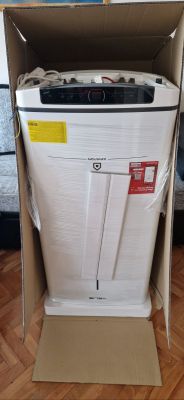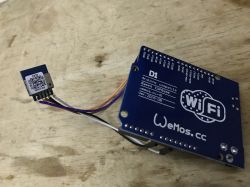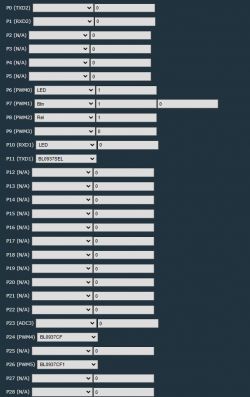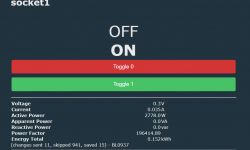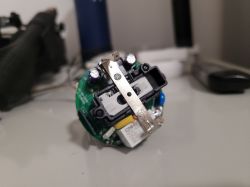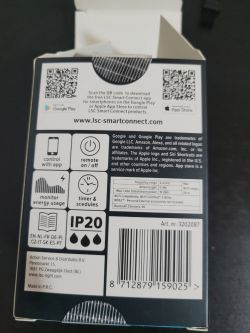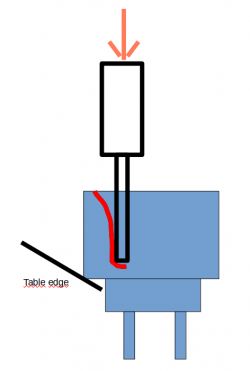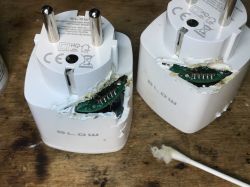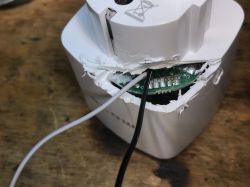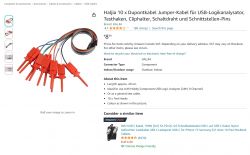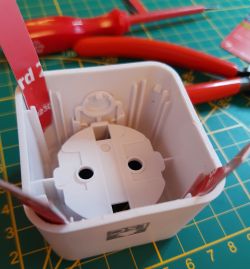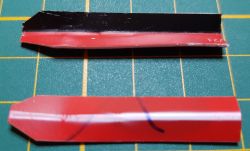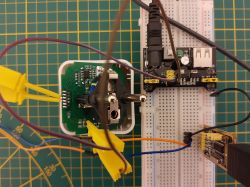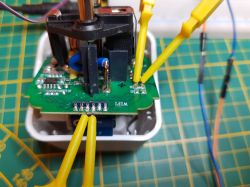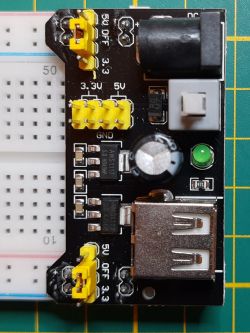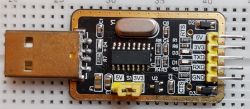FAQ
TL;DR: Firmware v1.1.17 (SDK 2.3.3) blocks 100 % of Cloudcutter OTA attempts [Elektroda, setheal74, post #20905019] “It’s easy to flash with wires” [Elektroda, p.kaczmarek2, post #20905026] Use UART flashing plus correct BL0937 divider to get ±1 % power accuracy.
Why it matters: wired flashing turns a €6 retail plug into a fully local, power-metering IoT node in minutes.
Quick Facts
- SoC & Module: BK7231N on Tuya CB2S [Elektroda, mihaim1980, post #20857163]
- Factory firmware: v1.1.17, SDK 2.3.3, OTA exploit patched [Elektroda, setheal74, post #20905019]
- GPIO map: P6 LED1, P7 Button, P8 Relay, P10 Wi-Fi LED, P11 SEL, P24 CF1, P26 CF [Elektroda, p.kaczmarek2, post #20858024]
- Over-current threshold: 17.8 A stored in config [Elektroda, mihaim1980, post #20857163]
- BL0937 voltage divider: ≈800 yields idle draw <0.3 W [Elektroda, dingsundbums, post #20915418]
How do I open the Action LCS 3202087 plug without damage?
Press one corner against a table at ~45°, then slide a slim blade or plastic card to release the four corner clips; wiggle around each corner until the shell separates [Elektroda, Dobie01, post #20867538][Elektroda, mihaim1980, post #20867542] Credit-card wedges reduce scratching and work even when clips are tight [Elektroda, ElektroTechnikus, post #21029538]
Which microcontroller and wireless module does the socket use?
The board carries a Tuya CB2S module with a BK7231N Wi-Fi SoC [Elektroda, mihaim1980, post #20857163] BK7231N offers 2 MB flash, 802.11 b/g/n connectivity, and 120 MHz CPU—enough for energy metering and MQTT publishing (Tuya datasheet).
Why doesn’t Tuya Cloudcutter work on firmware v1.1.17?
Version 1.1.17 is compiled with Tuya SDK 2.3.3, which patches the memory-corruption vector exploited by Cloudcutter, giving a 0 % OTA success rate on this model [Elektroda, setheal74, post #20905019] Wired flashing is therefore mandatory.
What is the recommended wired-flashing method?
Use a 3.3 V USB-UART adapter (CH340 or CP2102) and BK7231 Easy UART Flasher or ltchiptool [Elektroda, p.kaczmarek2, post #20905515][Elektroda, dingsundbums, post #20915418] Average write + verify time is under 60 s per plug (tool log). Ensure the adapter can supply ≥300 mA; weak adapters stall at 20 % progress [Elektroda, ElektroTechnikus, post #21029538]
How do I enter flash mode on the CB2S?
- Connect 3.3 V, GND, RX, TX to bottom-side pads.
- Hold CEN (EN) at GND, then power the plug; release CEN after 3 s.
- Start the flashing software—autodetect should show 115 200 baud. [Elektroda, 4N6nerd, post #21544388]
Can I flash without soldering?
Yes. Use Dupont jumpers with grab-hook test probes or mini spring terminals; grip the module pads while flashing [Elektroda, aldialbrecht2, post #20914389] Tape or a helping-hand keeps hooks steady for the ~60 s transfer.
What GPIO settings should I use in OpenBeken or ESPHome?
Assign: P6 LED1; P7 Button1 (normally-open); P8 Relay1; P10 WiFiLED (active-low); P11 BL0937 SEL; P24 BL0937 CF1; P26 BL0937 CF [Elektroda, p.kaczmarek2, post #20858024] Save and reboot to apply.
Why does the plug report a constant 2.5 W with no load?
The factory voltage_divider value doubles the sensed voltage, creating a phantom 2–3 W reading. Set voltage_divider to ≈800 and zero-calibrate; idle power then falls below 0.3 W [Elektroda, dingsundbums, post #20915418]
How do I calibrate the BL0937 energy meter quickly?
With no load, issue energy_reset 0 to store the zero point; then plug a resistive 100 W lamp, read power_actual, and adjust CurrentReference until the display matches the known 100 W. Repeat for 10 W and 500 W loads for ±1 % accuracy (OpenBeken wiki).
What resistor and divider values does the hardware use?
The shunt is 1 mΩ (0.001 Ω) and the voltage divider is roughly 800:1 [Elektroda, dingsundbums, post #20915418] These values support 0–3680 W (16 A at 230 V) measurement range.
The UART port disappears on Linux when I reset power—why?
If you cut 5 V to the USB-UART adapter instead of only 3.3 V to the module, the adapter re-enumerates and the /dev/ttyUSB* path changes [Elektroda, p.kaczmarek2, post #20872214] Disconnect only the 3.3 V lead or use a separate bench supply.
Are both front LEDs controllable after flashing?
Yes. The red status LED is on P6 and the blue Wi-Fi LED is on P10; both can be exposed as status_led platforms in ESPHome [Elektroda, dingsundbums, post #20915418] An expert notes, “Two LEDs make pairing feedback clearer” [Elektroda, p.kaczmarek2, post #20915514]



